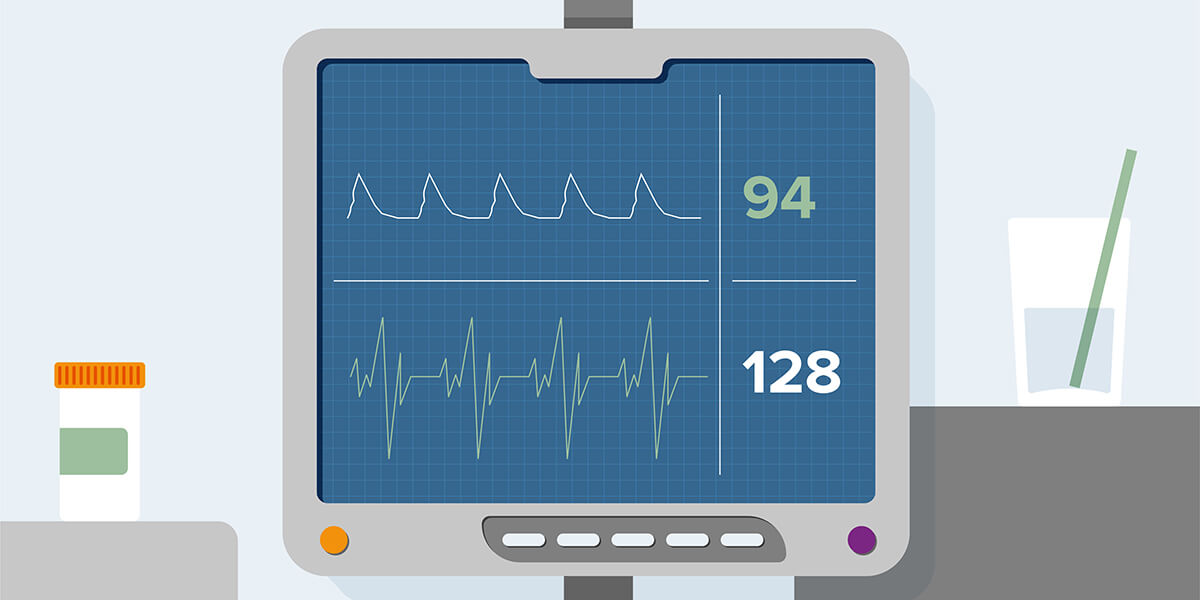We all know that good scheduling supports business operations. But how do you know when a schedule is right? So what should you pay attention to? In this article, we discuss 4 signals that show you whether your schedule is fine or not.
Signal 1: Insight into your utilization
Do you have insight into the utilization? Can you see at a glance how much of your resources – employees, freelancers, etc. – you have available for new projects? Those are the first questions to ask yourself when looking at your schedule. So it’s not just about scheduling your resources, but whether your schedule shows whether there is room to deliver to new customers.
Signal 2: Insight for the employees
The fact that you as a planner have insight and overview is of course a good start. But can the employees and/or external freelancers also see for themselves what the schedule is and what they should do next? Now that hybrid working has become the norm, this insight is essential to keep work running smoothly. So make sure that your schedule is synchronized with everyone’s personal work schedule.
Signal 3: Overview for managers & stakeholders
Once you have created insight for yourself and all employees, it is important to make the schedule available for the managers and stakeholders of the company. In this way, they can easily make adjustments, for example by transferring work, adjusting project scopes, recruiting new employees, or acquiring new projects.
Signal 4: Everyone is in the right place
A filled schedule looks great, of course, but do you see if everyone is in the right place? A good schedule provides insight into the skills and experience of your resources. This way you can prevent a mismatch between the work and the skills of employees to prevent burnouts and boreouts. Instead, your schedule makes them feel valued and respected for their qualities.
Conclusion
The result of a good schedule is insight and overview for the entire organization, realistic workloads and that everyone can work at their own skill level.
To achieve this, you have to abandon generic tools such as Excel, because they offer no insight, no overview and no log for when schedule changes have been made. Instead, you need software that mimics the convenience of the old-fashioned planning board and combines it with the digital and online conveniences of today.





